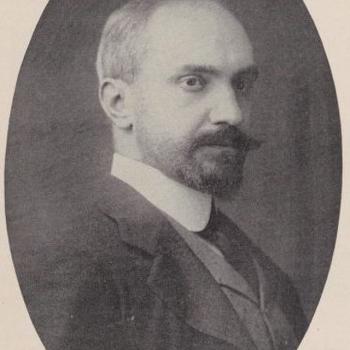There’s a transformational story in the fifth chapter of Luke (verses 17-26). Jesus is teaching in a home (probably an upscale home, given the tile roof), and there are many people from Galilee, Judea, and Jerusalem. Even the scribes and Pharisees were there. They were always checking up on Jesus to make sure he wasn’t causing too much trouble. It was standing room only, and the door was blocked. A few guys brought a friend, who was paralyzed, in his bed to be healed, but the crowd was so big that they couldn’t get through the door to see Jesus. The people didn’t even make way to let these guys through. Maybe you’ve been to this church where newcomers weren’t even noticed, and where the members stand at the entrance talking to each other?
Not being deterred, these men actually went up to the roof and lowered their paralyzed friend in his bed through the ceiling tiles to see Jesus. When Jesus saw their faith, he said, “Your sins are forgiven.” Of course, as they always did, the scribes and Pharisees jumped right on that one and challenged Jesus, saying, “Who is this who speaks blasphemy…only God can forgive sins.” Jesus answered, “Why do you question in your hearts? Which is easier to say, ‘Your sins are forgiven,’ or to say, ‘Rise and walk.’ I’m going to prove to you that the son of man has the authority to forgive sins.”
The translation “son of man,” “barnash” in Aramaic, does not necessarily mean the “son of God.” It is not exclusively a reference to divinity, but refers to humanity. Jesus isn’t talking about himself as a divine arbiter. He is saying, “I’m going to prove to you that mere mortals can also offer forgiveness,” which he had just done.
Back to the story, Jesus turned to the man in the bed and said, “Rise, pick up your bed, and go home.” And that’s just what the man did. Everyone there was amazed and said, “We have seen extraordinary things today.”
Suspend for a minute the idea that this was a literal healing. I believe that to take everything in the Bible literally actually limits its potential and power. When Thomas Jefferson cut the miracles out of his Bible, I think he missed the point. He was taking these miracles too literally and wasn’t open to the power of metaphor.
If we allow this story to be metaphorical, then it is even more instructive to us today—timeless in its power. Too often the members of congregations, ordinary people of all walks of life, sit around and do their own thing. This is the status quo. We do things the way they’ve always been done, and sometimes forget that there are others who are excluded and cannot do the things that we take for granted and do on a regular basis. The paralyzed man wanted a change. He wanted transformation in his life. His friends wanted it for them. Perhaps this was just an intervention. But they couldn’t even get through the door. They couldn’t even be part of the status quo. Most people would have just given up, but these guys decided to come through the roof. They changed the status quo by changing the rules. In the end, it wasn’t Jesus who healed the paralyzed man. It was his own faith. He came to that synagogue to be transformed. Jesus just said, “Your faith is strong. Your sins are forgiven.” Sin doesn’t always mean that we’ve done something bad, just that we’ve “missed the mark.” Whatever this man had tried to heal his paralysis hadn’t worked. Jesus just presented the obvious. “Get up. Walk.” Too often when we are stuck, stifled, and paralyzed in life, we forget to do the obvious.















